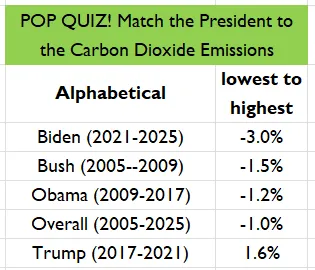In the realm of climate science, where alarmism often reigns supreme, various forms geoengineering keep popping up. But as with many “solutions” to the so-called climate crisis, there’s one which stands out as potentially causing more problems than it purports to solve.
“A technology being studied to curb climate change… would affect food productivity in parts of planet Earth in dramatically different ways, benefiting some areas, and adversely affecting others…”
The idea behind SAI, (Stratospheric Aerosol Injection) is borrowed from volcanic eruptions. By spraying sulfur dioxide gas into the stratosphere, it’s believed that a protective layer of sulfuric acid will form, shielding the Earth from the Sun and cooling it down.
“The SAI scenario, inspired by volcanic eruptions, would involve spraying sulfur dioxide gas into the stratosphere… the process would shield the Earth from the Sun, cooling it.”
Even if we accept the premise that global warming is an issue (a premise many, including yours truly and most readers on this site, find questionable), this “solution” seems to be riddled with problems. A study from Rutgers, published in the journal Nature Food, used computer models to predict the impacts of such an intervention on major food crops like corn, rice, soybeans, and wheat.
“Writing in the journal, Nature Food, the scientists described the results of computer models simulating varying climate scenarios and their impacts over time on the production of the world’s four major food crops…”
And the results? Well, they’re a mixed bag at best.
“Not one of the 11 climate change or climate intervention scenarios we analyzed benefits everyone,” said Brendan Clark, a doctoral student at Rutgers and lead author on the study.
Depending on where you are in the world, this geoengineering could be a boon or a disaster. For instance, while places like Canada and Russia might see a boost in crop production, other areas might suffer.
“Large amounts of climate intervention to significantly reverse warming and lower the global average temperature would favor agricultural production in the tropics…”
But here’s where the irony lies: in the quest to “solve” a problem that might not even be as dire as some claim, we’re introducing a whole host of new problems. And these aren’t just theoretical issues; they’re challenges that could directly impact food sources and livelihoods.
“Nations may have different ideas of what constitutes an optimal global temperature, which could lead to conflicts. It would be like people fighting over the thermostat in a house, but on a global scale.”
Alan Robock, a Distinguished Professor of Climate Science at Rutgers, seems to echo this sentiment of uncertainty: “Are we willing to live with all these potential impacts to have less global warming?”
“We’re trying to quantify each of the potential risks and benefits so we can make informed decisions in the future.”
But here’s a thought: instead of diving headfirst into solutions for a problem that’s still rife with uncertainties, perhaps it’s time to take a step back. Maybe, just maybe, the cure shouldn’t be worse than the disease – especially when the diagnosis is still up for debate.
“It’s very complicated and it’s hard to reach a conclusion, such as saying whether climate intervention is good or bad. I don’t know at what point people will reach a decision. But, for me, I feel like it’s almost impossible,” said Lili Xia, an assistant research professor at Rutgers.
Rather than starve millions through ill-conceived policies and interventions, some serious introspection may be needed.
In conclusion, sometimes, the best course of action is inaction. Especially when the problems we’re trying to solve might not be as clear-cut as some would have us believe.
Source: EurekAlert!


